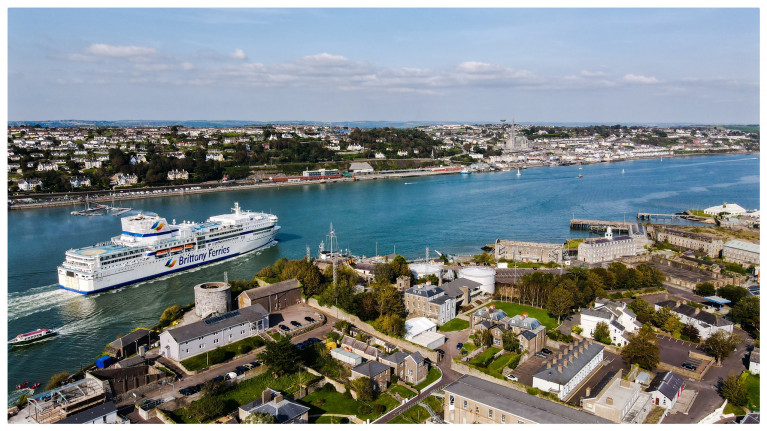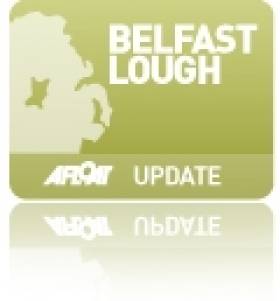Displaying items by tag: New Chairman
Ferry Trade Association Names New Chairman from Brittany Ferries
The trade association representing the worldwide ferry industry, Interferry has announced Brittany Ferries CEO Christophe Mathieu as the new chair of its board of directors.
According to LloydsLoadingList, he was elected at the association’s annual general meeting earlier this week - held virtually due to COVID-19 travel restrictions - in succession to John Steen-Mikkelsen, former CEO of Denmark’s Danske Faerger.
Mathieu, an Interferry board member since 2010, joined the French ferry operator in 1992 and worked in a wide variety of roles - including finance, operations, marketing and strategy - before becoming CEO in 2016.
Interferry paid tribute to Steen-Mikkelsen - currently chairman of Samso-Linien and a former CEO and director in various Scandinavian ferry companies - “for his strategic insight during 12 years as an Interferry board member, which under his leadership included Interferry’s support for members against the devastating impact of the coronavirus pandemic.”
The meeting also acknowledged the service of three outgoing board members, including Janette Bell, former CEO of P&O Ferries.
Belfast Harbour’s New Chairman Sets Out Vision for Port
#NewChairman - Belfast Harbour has a new chairman, David Dobbin, who has been on the port's board from 2012, made his first statement since his appointment last month.
Taking the helm of the harbour's new pilot boat, built by local boat builder Red Bay Boats, Dobbin took the opportunity to set out his vision for the business.
"Belfast Harbour is first and foremost a major port which makes a vital contribution to Northern Ireland's economy handling almost three quarters of all of Northern Ireland's sea borne trade. As the incoming Chairman I am committed to ensuring that Belfast continues to be the most modern and efficient port on the island. With over 23 million tonnes of cargo and 1.4 million ferry and cruise ship passengers passing through the Port annually, it is Northern Ireland's primary gateway to rest of the world.
To read more of his statement, click here.































































